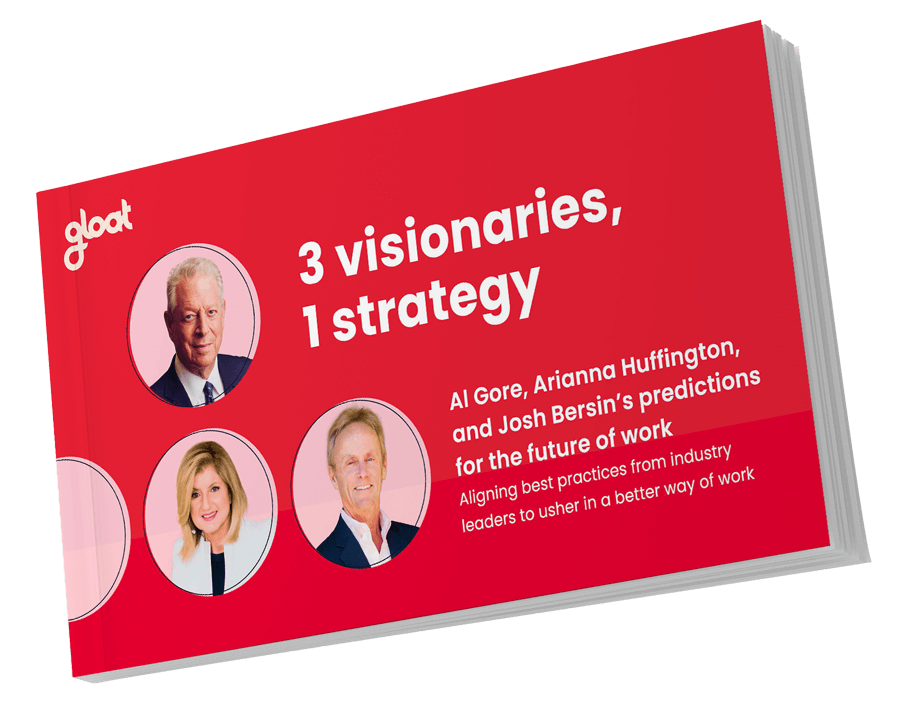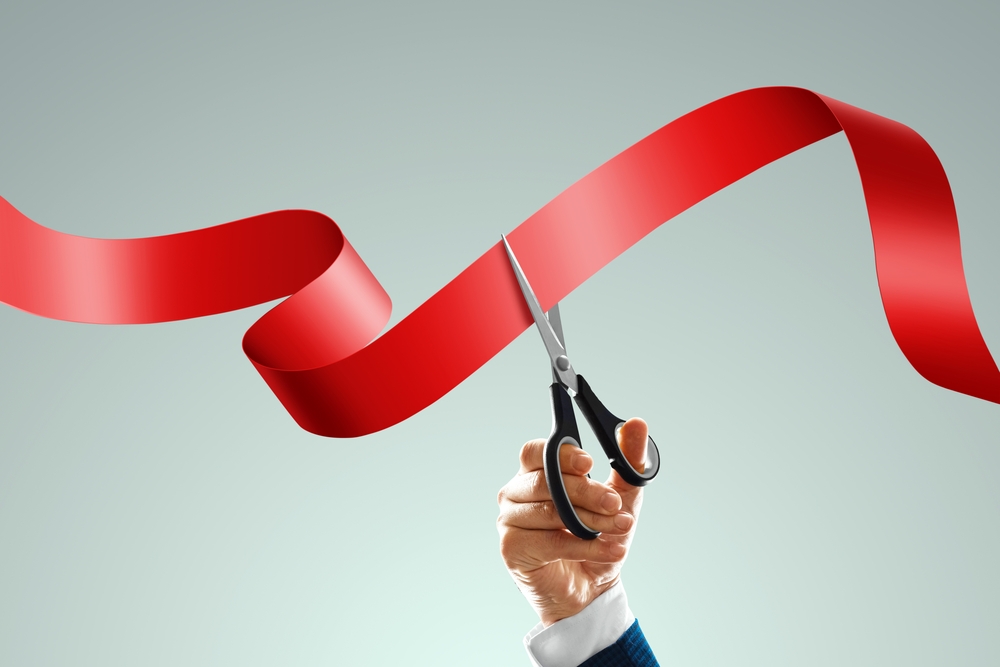Exploring today’s retention revolution with Erica Keswin
A Q&A on creating virtuous work cycles that empower employees to expand their skills Reducing turnover has always been an HR priority—but it’s taking on an entirely new meaning in the 2020s. On the heels of the Great Resignation, leaders are grappling with a new talent paradox: while economic turbulence is giving way to lay-offs

A Q&A on creating virtuous work cycles that empower employees to expand their skills
Reducing turnover has always been an HR priority—but it’s taking on an entirely new meaning in the 2020s. On the heels of the Great Resignation, leaders are grappling with a new talent paradox: while economic turbulence is giving way to lay-offs and hiring freezes, organizations still can’t afford to lose highly skilled employees. In fact, in the midst of market uncertainty and mounting pressure to do more with less, it’s never been more important to retain top performers.
As a result, executives are wondering how to reevaluate the employee experience to create an environment that engages and inspires their workforce throughout the entire employee lifecycle. Since improving employee retention often proves challenging, we sat down with Erica Keswin, author of The Retention Revolution: 7 Surprising (and Very Human!) Ways to Keep Employees Connected to Your Company, to learn her secrets for inspiring your workforce to grow with your business.
Can you tell us a little bit about your background? What does being a “workplace strategist” entail and how did you get interested in it?
EK: No one goes to college to become a workplace strategist. To me, it’s a blend of business and psychology. It’s about looking at how people impact the bottom line and how you can improve your business through the lens of your people. I’ve worked as a recruiter, I’ve worked in coaching, and I’ve written what I call the human workplace trilogy.
What are each of your books about?
EK: My first book was about identifying strategies that are good for people and businesses, my second was about using rituals to create more connected workplaces, and my latest book, The Retention Revolution, came out of sitting on the sidelines and watching the business and work changes that have gone on since COVID-19. It’s really a pendulum, we’re swinging between the employees and employers having the power.
My belief is that it’s time to focus on something more evergreen. People in this day and age are going to leave your company eventually, but if you can address that elephant in the room on day one and be intentional about how you onboard and stay connected, work becomes a virtuous cycle. We’re seeing people become boomerangs and brand ambassadors and contributing to their organizations in so many ways beyond traditional full-time employment.
What tips do you have for building that sentiment amongst employees that even if they leave, they can come back?
EK: Destigmatize the idea of leaving because chances are employees will want to leave at some point. What people want out of their careers is changing. In fact, a recent study shows only 30% of lawyers who recently graduated from law school want to become partners one day, whereas that used to almost always be their goal. So some leaders might be thinking, “You don’t want to be me? I don’t know what to do about this.”
I think one company that’s really handling this shift well is Jellyvision. During onboarding, they talk about offboarding and they tell their people, “Look it was really hard to find you. You’re great and we love the work you do, but we know that you might leave at some point. But if you work with us, we’ll help, we’ll open our Rolodex because we want to stay connected.” It’s about taking the stress out of leaving and normalizing it.
In The Retention Revolution, you talk about shifting from a “the more technology the better approach” to “developing your tech intelligence is paramount”. What mistakes do you think leaders are making when choosing workplace technology and what advice would you give them?
EK: I love technology. I think we need to put technology into context and find that sweet spot. Technology isn’t going away nor should it, and I think it can be really powerful, but it’s not about using technology for tech’s sake. You need to align technology with your business strategy and make sure its use cases align with your priorities. And you must also create the systems and change management processes to ensure it’s a success. Lastly, you’ll need manager support because if employees feel like their managers don’t want them to use a new technology, they’re going to avoid it.
Another noteworthy point is this shift from stability to dynamic change. What are some steps leaders can take to begin embracing this idea of dynamic change and how can it impact employee retention?
EK: Back in the day, people stayed at one company and climbed linear career ladders. Taking new jobs or switching industries was viewed as a big red flag, but now it’s becoming more normalized. Some of this is driven by Generation Z because they want to learn, grow, and develop, and sometimes value those opportunities even above compensation. They view careers as portfolios and aren’t afraid to move.
I think in the next five years, resumes are going to look very different. Right now they’re chronological but they’re going to become more skills-based and perhaps de-emphasize how long you worked at a specific company. It’ll be more about knowing how to do certain things and doing them well. With technology, the pace of change is becoming much faster, so we all need to lean into the bumpy and potentially get a little uncomfortable because out of that will come growth.
What role do you think skills and skills-based initiatives can play in improving retention?
EK: Skills-based strategies are definitely becoming more prevalent. In a push to have more diverse workforces, we’re moving away from this belief that everyone needs to be recruited from the same five schools. I’m seeing the shift happening at many organizations.
We need to be really aware and on the frontlines of how skills are changing, thinking about what knowledge we need our people to have, thinking about backfilling and building the bench and where are we going to get people with the skills we’re looking for.
Looking at career pathways and thinking about how all skills are interrelated is also important. In a perfect world, upskilling and talent marketplaces need to be interconnected. So you upskill and figure out where you can move and the data shows that if you move from one part of the organization to another, it builds your network across the organization. You have a more holistic and strategic view of the company and know how all of the moving parts work together.
How can talent marketplaces help leaders rethink the way they’re managing their talent?
EK: I think the biggest priority for CHROs in 2024 is learning and development. People want to learn and grow—up, down, and sideways—especially Gen Z. If we don’t create our own ecosystems of growth, employees are going to leave to find it somewhere else. Depending on the size of your organization, your budget, and your priorities, your tech needs will look different. But regardless of where you fall on this continuum, learning and development must be a priority. And something like a talent marketplace needs to be on everyone’s list to push learning and development agendas forward.
To find out more about what employees are looking for in the future of work, check out predictions from Al Gore, Arianna Huffington, and Josh Bersin in 3 visionaries, 1 strategy.





